Travel from quiet gardens to the world’s financial capitals in entries from Loose Joints, Dewi Lewis and Photo Editions
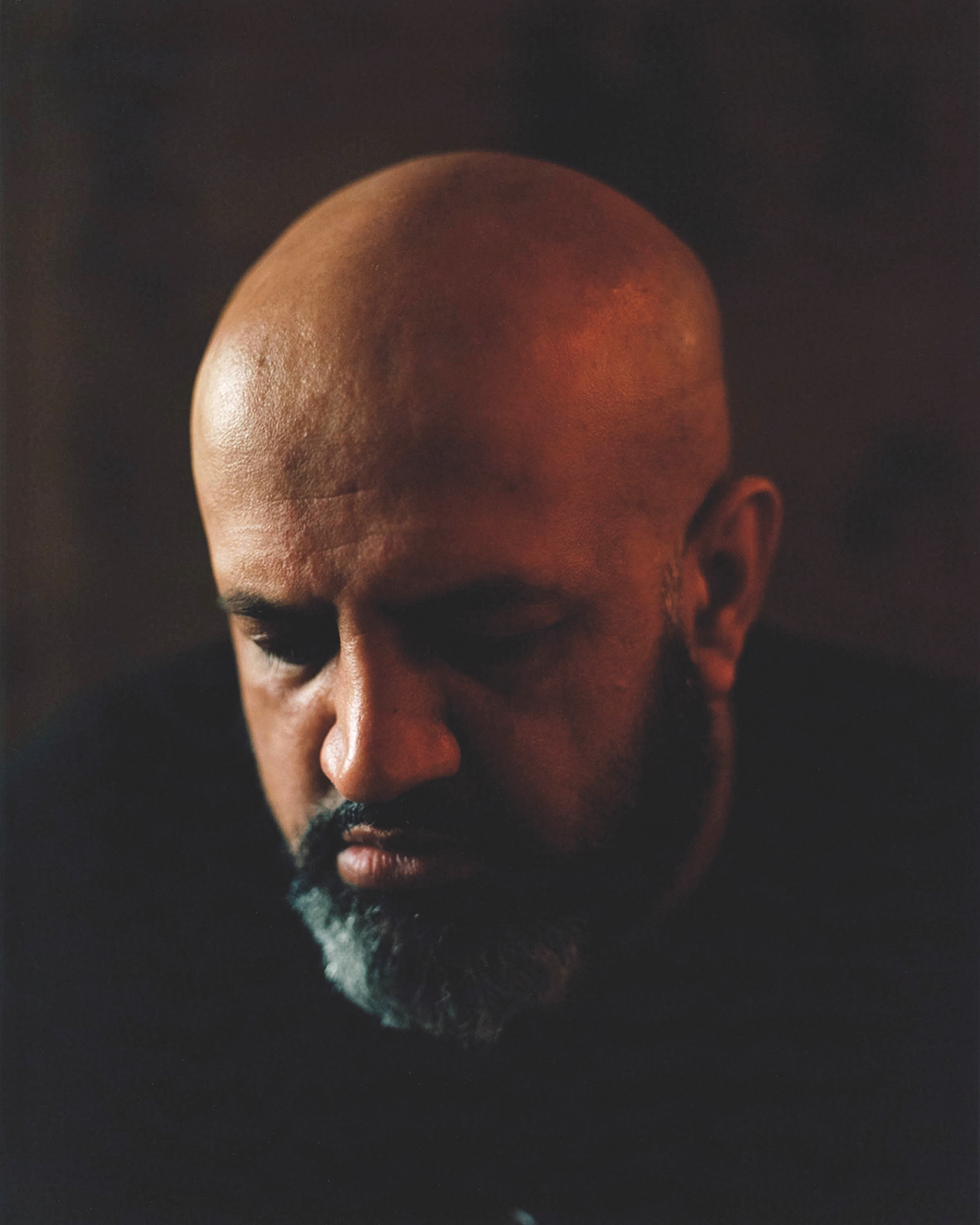
Jamie Murray, Folly (Photo Editions)
When Jamie Murray realised that he would not be granted access to photograph inside a UK prison, he began experimenting with alternative storytelling techniques. Interested in the living institutions that form society and the spectacle of criminality, the photographer sought out ex-prisoners. His book, Folly, explores their experiences of being both inside and outside the British justice system – but through a rich, folkloric lens.
The title follows a fractured narrative. Threaded throughout are portraits of former inmates: men with their heads bowed, or cast in the half-light of day. “He looked at me and asked, ‘Are you a man or a beast?’ I questioned if there is a difference between the two,” Murray writes of a conversation with one sitter. “‘There can be if you want, that’s the butterfly, that’s the aim, it just takes time’,” the man replied.
The question seems to spell out the journey of loss and redemption which, through a soft sequence of images, becomes allegorised. A tall tower rises in the pale wash of the sky, a Minotaur stands ominously, deep cracks open up in the Earth – all literal and symbolic representations spun from the former prisoners’ personal experiences. A beautiful and searching book, Folly asks us to fall back on our imagination. (Ellie Howard)
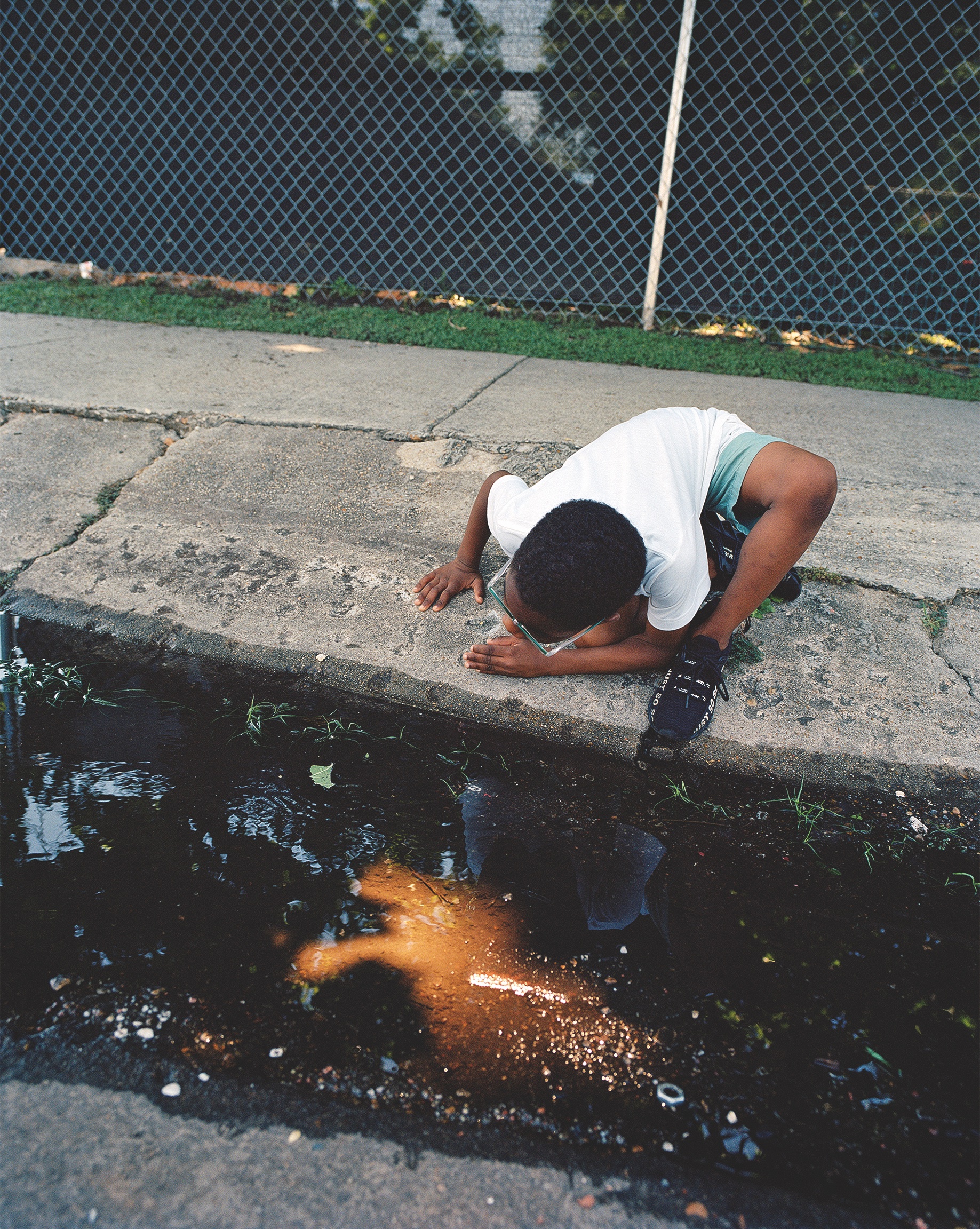
Vasantha Yogananthan, Mystery Street (Chose Commune & Fondation Hermès)
Following the final chapter of his seven-part book project, A Myth of Two Souls, Vasantha Yogananthan’s new work is a marked departure from his recent practice. Moving away from collage and hand-painting techniques, his latest work is a documentary project about childhood.
The photographs were made over three months in New Orleans, but Mystery Street reveals little about their time or place. Shot outside in the heat of summer, the images depict children playing, resting, thinking, feeling; they are a reflection on kinship and behaviour rather than a comment on social circumstances. The publisher describes the work as a “fable”. In its lack of temporal and spatial signifiers, it captures the boundless and restless energy of youthful summers, when the days felt endless with possibility.
While this new work takes Yogananthan back to documentary style, it eschews traditions of the genre, and in doing so alludes more broadly to the experience of childhood. The photobook will be available from May to coincide with an exhibition at Fondation Henri Cartier- Bresson in Paris. A show at the International Center of Photography, New York, follows in September. (Marigold Warner)
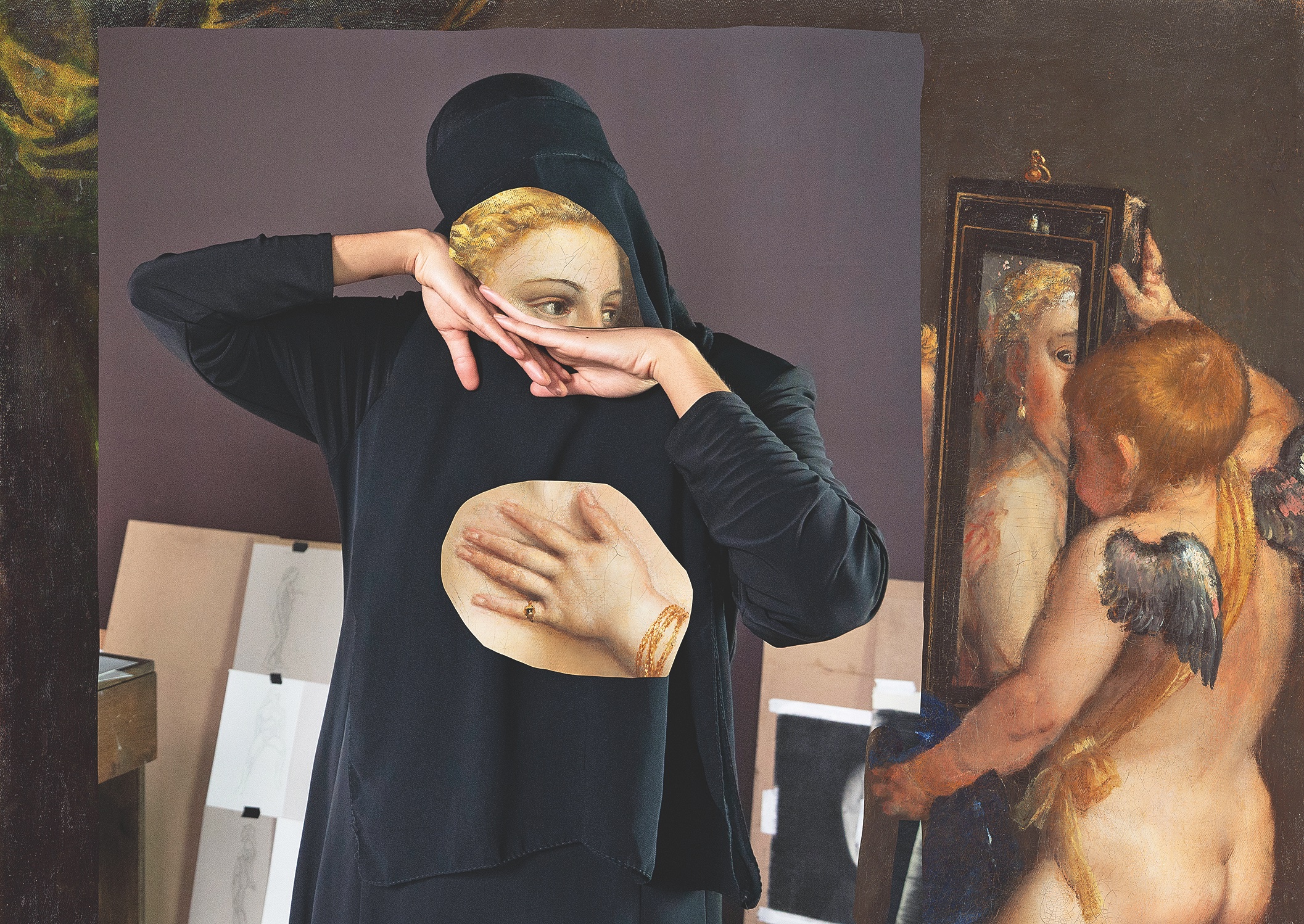
Lili Almog, Betweenness (Kehrer Verlag)
Some years ago, in the city of Jerusalem, Lili Almog set eyes on a figure draped head to toe in black. The photographer assumed that the woman, covered as she was, must be Muslim – but in fact the stranger was a member of an ultra-Orthodox sect of Hasidic Judaism. The encounter led Almog to question her own assumptions about the power of the veil, and about the commonality and complexity of the female condition.
Through the pages of Betweenness, the Israeli photographer employs the visual language of the Renaissance to explore these questions. Her sculptural poses are both an ode to the Old Masters and a critique of their treatment of the female form. Just as many great women photographers before her, Almog employs her own body as a tool in the reframing of the male gaze.
However, despite their formality, the photographer’s images retain a sense of urgency – they speak poignantly to the threats to bodily autonomy faced by women around the world. Yet they do so with curiosity rather than judgement. Among the book’s many handwritten notes, Almog asks of the reader, or perhaps of herself: “Is modesty a prerequisite to faith?… Why does faith require women to cover their head, their body, their soul?” (Philippa Kelly)

Felipe Romero Beltrán, Dialect (Loose Joints)
In his latest book, Felipe Romero Beltrán’s colour photographs are enclosed by two sequences of video stills – black-and-white entrances and exits to his central plot. The first shows two teenage boys reciting articles from the Spanish immigration legislation on which their futures now depend, their heads lowered, but their perplexed expressions visible. The second shows a boy dancing with a woman, their faces locked in concentration while their limbs weave and contort.
The first sequence sets the scene for Dialect, which follows nine young Moroccan migrants as they await legal processing in Seville. Before Beltrán explores the “humiliating mundanity” of this nowhere space, the hard, legislative reality of his subjects’ situation is laid bare – the overwhelming bureaucratisation of the basic desire for a better life. Against this backdrop, the pictures of dance, stretching and exercise – which run through the book – offer a note of intimacy, a nod to the compassionate potential of being together, even in difficult circumstances.
Winner of last year’s Aperture Portfolio Prize, Dialect is a combination of raw portraits and studies of Spanish surroundings, with quiet courtyards and studios evoking a sense of absence, but also helpless duration. Frustration mounts through the pages, but moments of touch speak to the trust between the boys – breaking bread, cutting hair and cradling each other’s necks in care. Despite being aged by their circumstances, their youth shines through – in trepidation and restlessness, but also in distant hope. (Ravi Ghosh)
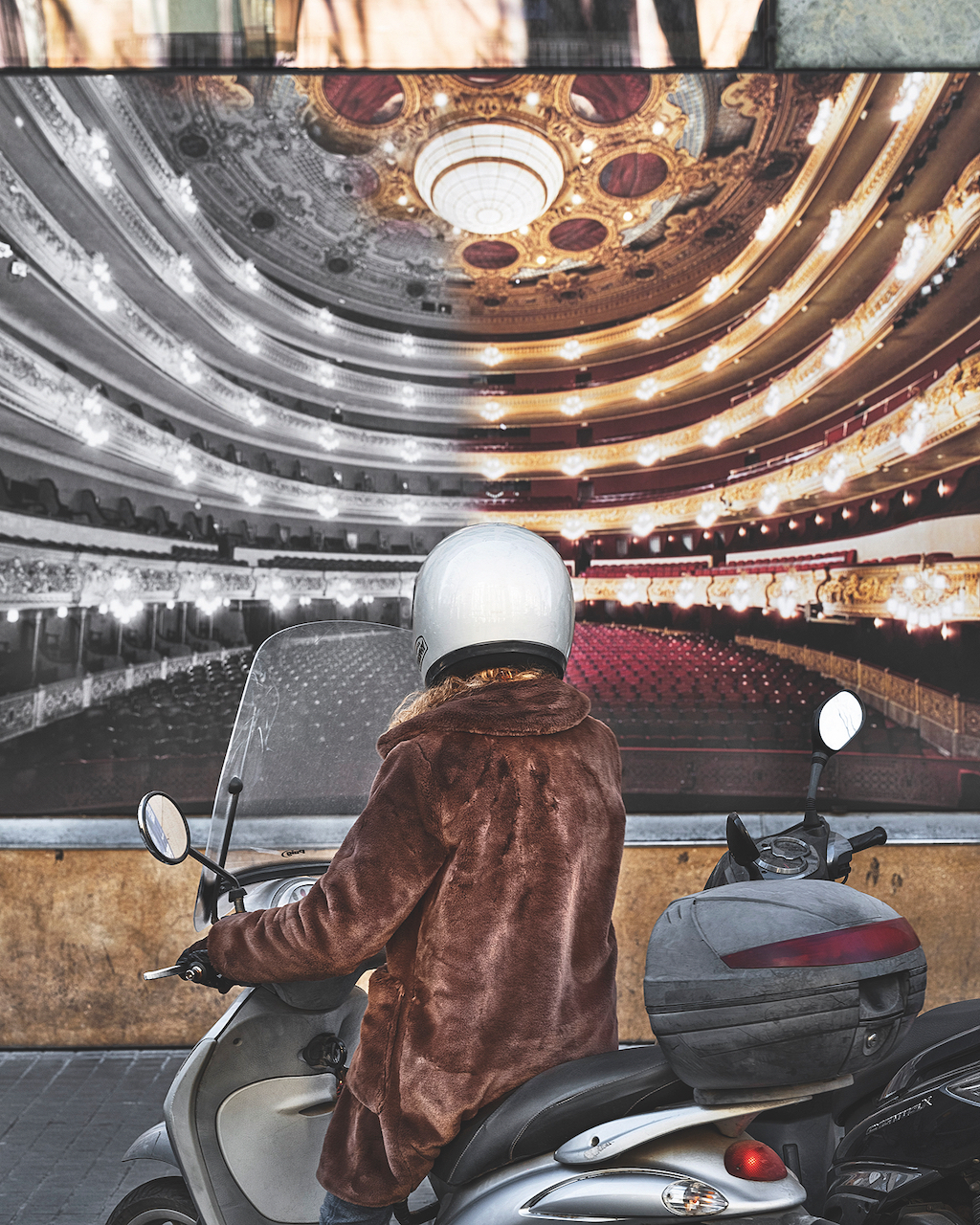
Anastasia Samoylova, Image Cities (Fundación Mapfre & Hatje Cantz)
Imagine walking through the financial centres of the wealthiest cities in the world. Tall glass buildings disguise the horizon, towering above rows of identical trees that line the sidewalks. Billboards run the length of entire streets, hosting advertisements for luxury brands and real estate projects. The world’s banking capitals are becoming increasingly alike – populated by the same imagery, funded by the same companies.
In her book, Image Cities, Anastasia Samoylova investigates this phenomenon. The photographer captures the urban landscapes of 17 ‘alpha cities’: major economic centres that are highly integrated into the world economy, as designated by the Globalization and World Cities Research Network.
In discussing her inspiration for the book, Samoylova quotes Mark Fisher’s 2009 title, Capitalist Realism: “The role of capitalist ideology is not to make an explicit case for something in the way that propaganda does, but to conceal the fact that the operations of capital do not depend on any sort of subjectively assumed belief. It is impossible to conceive of fascism or Stalinism without propaganda – but capitalism can proceed perfectly well, in some ways better, without anyone making a case for it.” Fisher’s work, along with Naomi Klein’s No Logo and Leslie Kern’s Feminist City, deeply affected Samoylova’s line of thinking when conceptualising Image Cities.
In her signature style, the artist plays with scale and perspective, illuminating connections between the elements that populate each landscape: the architecture, the people and the images. “In some of my photographs, the compositional playfulness highlights the absurdities of neoliberalism,” she says. “In others, I capture signs of social protest and defiance.”
Throughout the images, cities are barely distinguishable from one another: “As with my previous projects, there is no didactic message. The majority of photographs are insistently ambiguous,” says Samoylova. The work leaves one to question the role of photography in urban life – to consider the extent to which the images around us promote and enforce the ideologies of capitalism. (Izabela Radwanska Zhang)
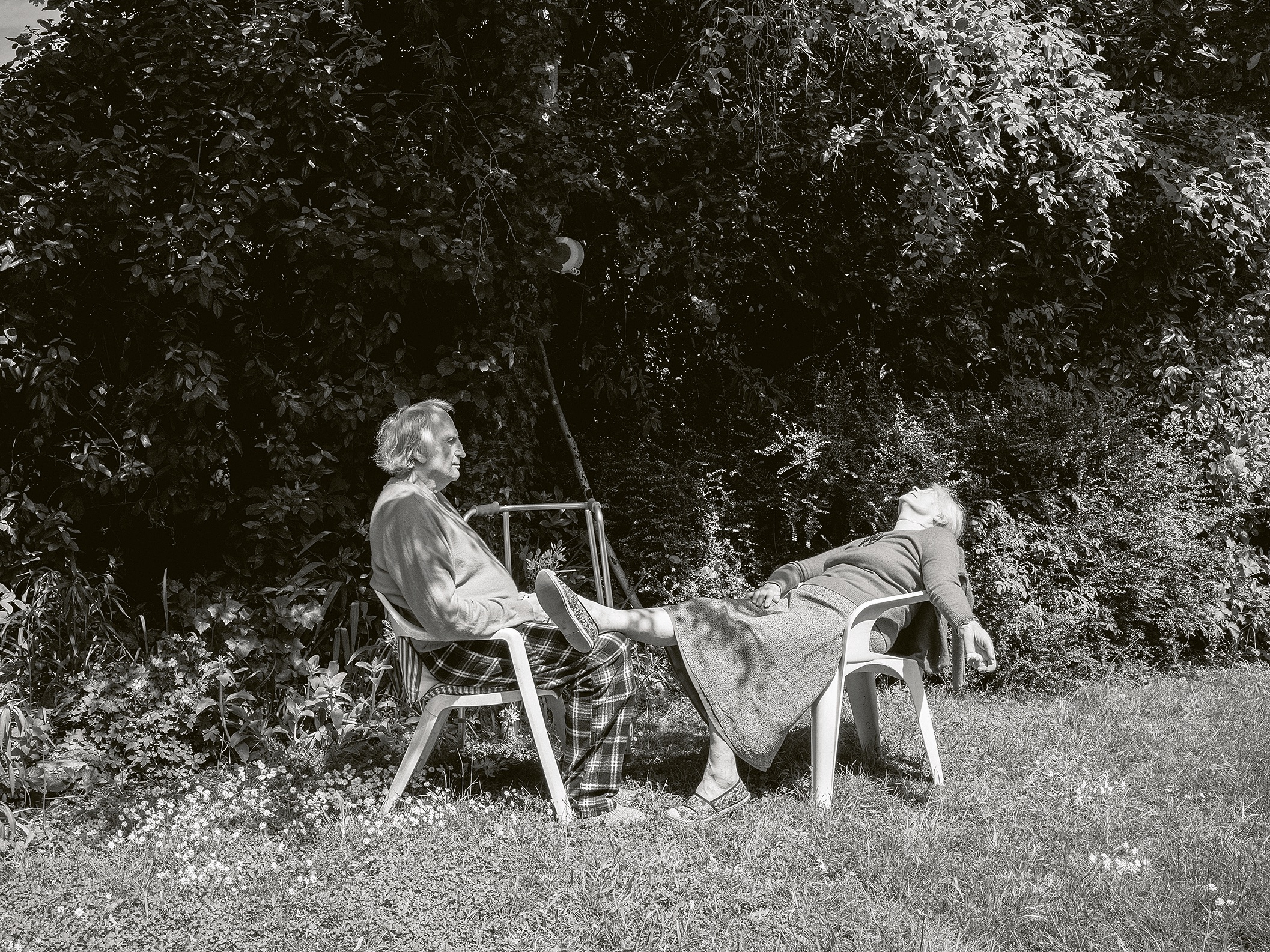
Siân Davey, Matthew Finn, Nik Roche, Alex Schneideman, Jem Southam, Paddy Summerfield, Alys Tomlinson, Vanessa Winship, Pictures from the Garden (Dewi Lewis Publishing)
The concept for this group publication emerged out of a conversation between Paddy Summerfield, his wife Patricia, and Alex Schneideman. They were sitting in Summerfield’s garden in Oxford, and the idea to create a tribute – not only to Summerfield’s work, but his garden as well – emerged. They invited other artists – including Schneideman, Siân Davey, Matthew Finn, Nik Roche, Jem Southam, Alys Tomlinson and Vanessa Winship – to each create a new series in the garden, in response to Summerfield’s 2014 title Mother and Father. Made over a decade, the book documented the last years of his parents’ relationship, set in the same house he now resides.
The photographers each create a unique interpretation of the emotions and themes from the original book. Except in this new iteration, it is now Summerfield and his wife who are the white-haired mother and father. Davey brings her own world into theirs, introducing the protagonist of her documentary work: her daughter Alice. Roche focuses on the details within the home, while Southam casts a wider lens through visiting in each of the four seasons of the year.
In an accompanying essay, author and curator Gerry Badger refers to the book as “the photographic equivalent of a tribute album”. Revisiting the original in this context generates a bittersweet reflection on the passage of time, while acting as an expression of love for the continued influence of Summerfield’s oeuvre. (Ellie Howard)
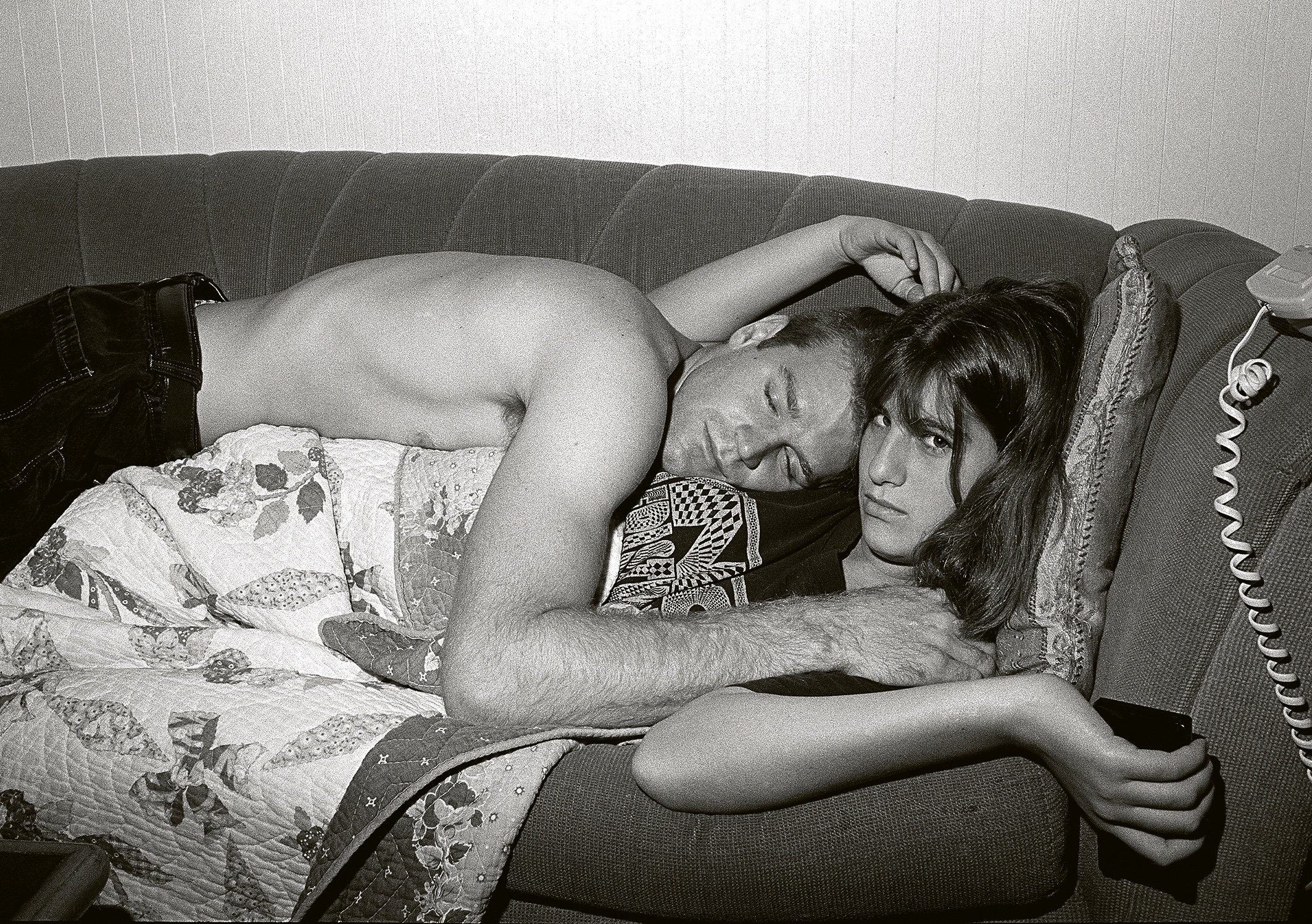
Peggy Nolan, Juggling is Easy (TBW Books)
Peggy Nolan was in her forties when she was given her first camera. At the time, she was living in Naranja, south Miami, in housing for low-income families. She shared her home with seven children and her controlling husband, who, she says, left her when her love of photography began to take precedence over her ‘duties’ at home. From that moment, she photographed life at its fullest.
“Peggy embraced the chaos as an animating force, as a pictorial challenge,” writes Rebecca Bengal in an essay published at the back of the photographer’s new book. “Anticipated it, moved with it nimbly and spontaneously to contain the chaos within the frame, to locate its centre.”
The extract encapsulates the hedonistic energy, happiness and love that emanates from Nolan’s pictures. We see it at every turn, among the teenage rebellion, heartbreak and silliness of her children, who she “relentlessly stalked”. But also, in their moments of calm and warmth, the need for human touch. “We didn’t have the kind of rules that other people had,” Nolan says. “My ex-husband had a lot of rules, especially for the girls. But I let my kids become very, very free of that.” (Izabela Radwanska Zhang)
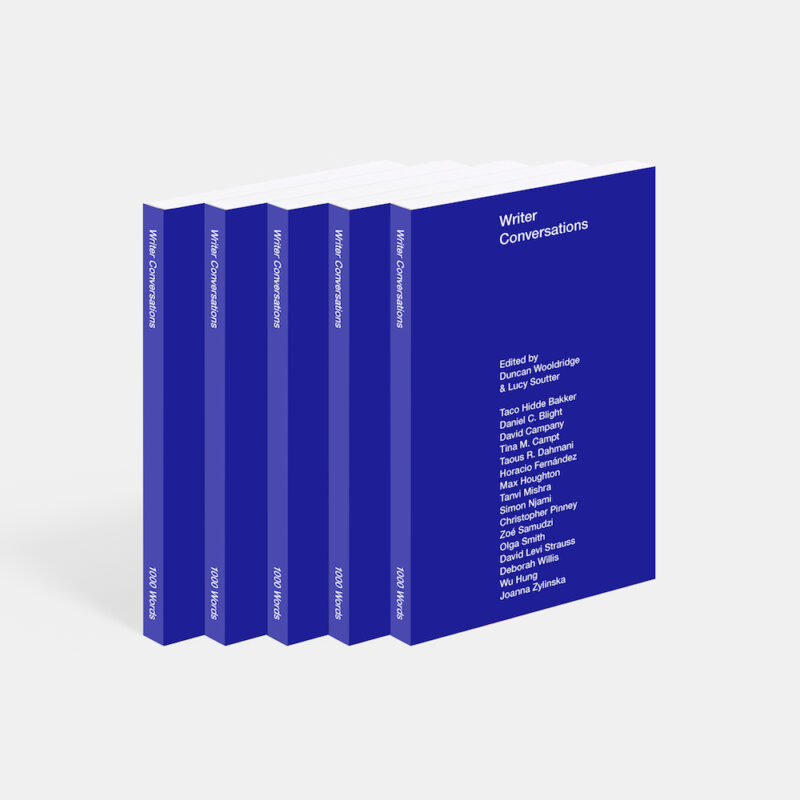
Duncan Wooldridge & Lucy Soutter (eds), Writer Conversations (1000 words)
Photography has fascinated writers since the dawn of the medium. As editor Lucy Soutter details in her introduction to Writer Conversations: “Novelists, poets, humorists, political commentators and art critics all put pen to paper to address photography in the 19th century. Then, as now, a medium so closely tied to our perception of the world provided writers with a richly generative source of comment and criticism which they could link back to their own key concerns.”
Following on from its 2021 title, Curator Conversations, 1000 Words’ new, pocket-sized book presents 16 interviews with writers who are shaping the discourse around photography today. The title offers a global perspective from both emerging and established names, including Taco Hidde Bakker, David Campany, Taous R Dahmani, Max Houghton, Wu Hung and Deborah Willis.
Presented in a Q&A format with a short introduction, each interview asks a similar set of questions: At what point did you start to write about photographs? What is your writing process? What qualities do you admire in other writers? What is the place of criticality in photography writing now? Far from being repetitive, this method highlights the unique perspectives of each writer and how they approach and decode visual culture. Together, they provide a valuable insight into the changing conversations around photography amid radical transformations in both society and the medium itself. (Marigold Warner)
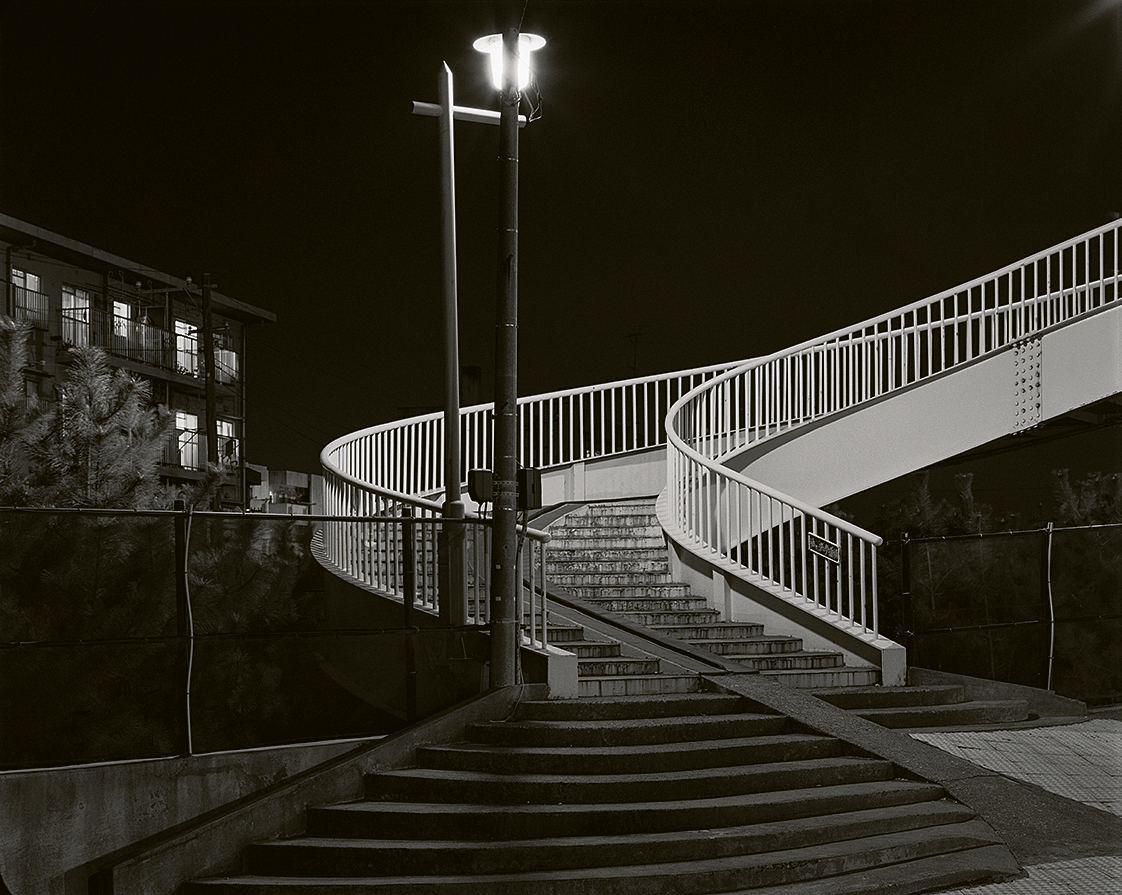
Toshio Shibata, Day for Night (Deadbeat Club)
Toshio Shibata’s latest publication, Day for Night, has an eeriness about it. Infrastructure – petrol stations, motorway services, parking lots, highway interchanges – and quiet shopfronts are bereft of the energy that defines their daily use. Instead, it is the swapping of the darkness of night for the light of day that inches the narrative forward. “I knew that technique since my childhood through watching Rawhide on TV,” he says, “but until now I’d never seen my own work with such an eye.”
The images were taken in the 1980s, a period in which Japan was undergoing a cultural upheaval – reconciling the ancient Shōwa era, or pre-war times, with the modernity that came after. A collaboration with Deadbeat Club, the photobook re-examines this transitional period.
Beginning by exploring these liminal spaces under the blanket of night, the publication slowly follows the light swirling under street lamps, opaquely filling the windows of anonymous buildings, forming illusions of sharp corners, until passing into a tunnel through which daybreak emerges. The world then takes on a different rhythm as the natural elements begin to take shape with the day. (Ellie Howard)
